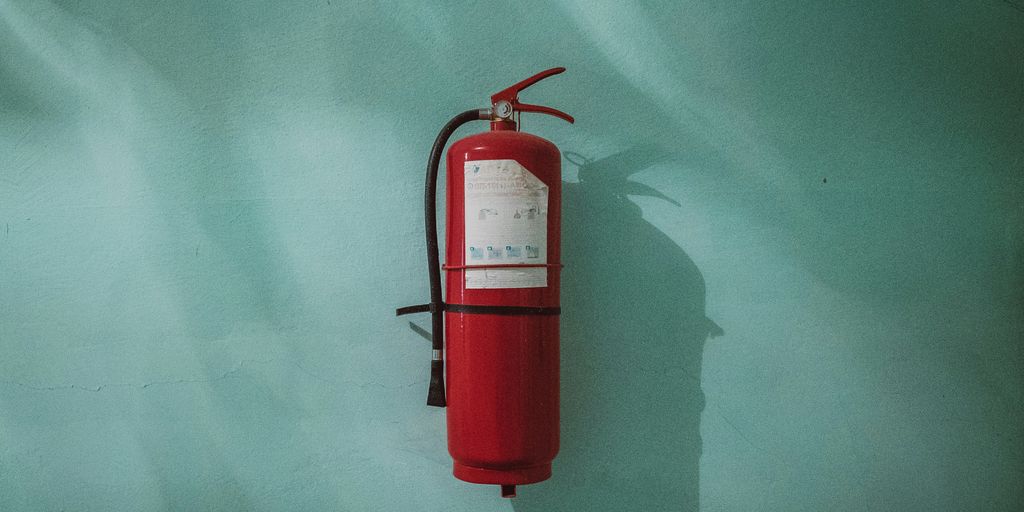
Regular safety audits are essential to ensure a secure workplace. These audits help identify potential hazards, ensure compliance with regulations, and promote a culture of safety. By systematically reviewing safety protocols and practices, companies can prevent accidents and improve overall safety performance.
Regular safety audits play a vital role in identifying potential hazards, evaluating safety policies and procedures, and assessing the effectiveness of employee safety measures. Conducting these audits regularly helps ensure a safer work environment and can prevent accidents before they happen.
Safety audits are essential for effective risk management. They help organizations pinpoint areas where safety protocols may be lacking and provide actionable data to improve those areas. By addressing these risks proactively, companies can avoid costly incidents and maintain a safer workplace.
Compliance with legal and regulatory standards is another critical aspect of safety audits. Regular audits ensure that your organization meets all necessary safety regulations, helping you avoid legal issues and potential fines. This not only protects your employees but also safeguards your business from legal repercussions.
Regular safety audits determine if current policies are effective and being followed. This proactive approach ensures that all safety procedures are being properly implemented and followed.
Preparing for a safety audit is a crucial step to ensure everything runs smoothly and effectively. Here's how you can get ready:
Start by collecting all the necessary documents. This includes past audit reports, safety protocols, training records, and any other relevant paperwork. Having these documents ready will make the audit process more efficient and thorough.
Next, put together a team of individuals who will be responsible for conducting the audit. It's important to have a mix of people from different departments to get a well-rounded view of the workplace. Involving multiple persons can help identify areas that might be overlooked if only one person were conducting the audit.
Finally, set clear objectives for the audit. What do you hope to achieve? Are there specific areas you want to focus on? Having clear goals will help guide the audit process and ensure that all important aspects are covered.
Preparing for a safety audit might seem daunting, but with the right approach, it can be a smooth and beneficial process for your organization.

Start by assessing the worksite for any potential hazards. Look for uneven terrain, overhead obstructions, and electrical hazards. This step is crucial to identify risks that could harm workers or disrupt operations.
Ensure all operators are properly trained and certified. Regularly schedule refresher courses to keep everyone updated on the latest safety practices. This not only ensures compliance but also promotes a culture of safety.
Thoroughly inspect all safety equipment, including harnesses, lanyards, and emergency stop buttons. Make sure everything is in good working order and meets safety standards. This step is vital to prevent accidents and ensure a safe working environment.
Regular safety audits help identify and mitigate risks before they become serious issues. By staying proactive, you can maintain a safer workplace for everyone.

Once you have completed your safety audit, the next step is to prioritize the risks you have identified. Not all risks are equal, so it's important to rank them based on their potential impact and likelihood of occurrence. This helps in focusing on the most critical issues first. You can use a risk matrix to categorize risks into high, medium, and low priorities.
After prioritizing the risks, the next step is to develop effective mitigation strategies. This involves brainstorming and implementing measures to reduce or eliminate the identified risks. Consider the following steps:
Once you have your mitigation strategies in place, it's time to implement corrective actions. Assign responsibilities to specific team members and set clear deadlines for each action. Ensure that everyone involved understands their roles and the importance of timely execution. Regularly monitor the progress and make adjustments as needed to ensure the effectiveness of the corrective actions.
Addressing identified risks promptly and effectively is crucial for maintaining a safe and compliant workplace. By prioritizing risks, developing mitigation strategies, and implementing corrective actions, you can significantly reduce potential hazards and create a safer environment for everyone.
Conducting regular follow-up audits is essential to ensure that corrective actions are effective and that no new risks have emerged. These audits help in tracking progress and maintaining a safe working environment. Schedule these audits at consistent intervals to keep safety protocols up-to-date.
Safety protocols should be reviewed and updated regularly to adapt to new regulations, technologies, and workplace changes. This ensures that the organization remains in compliance adherence and continues to protect its employees effectively. Make it a habit to revisit and revise safety protocols at least once a year or whenever significant changes occur.
Ongoing training and awareness programs are crucial for keeping employees informed about the latest safety practices and protocols. Regular training sessions help reinforce the importance of safety and ensure that everyone knows how to respond in case of an emergency. Consider implementing a mix of in-person and online training modules to cater to different learning preferences.
Continuous improvement in safety is not just about fixing problems but also about creating a culture where safety is a shared responsibility. By regularly updating protocols and training employees, organizations can stay ahead of potential risks and maintain a safe working environment.
Accurate and comprehensive documentation of audit findings is crucial. This should include observed non-compliances, potential hazards, and areas for improvement. It's also important to document good practices that can be built upon or replicated elsewhere in the organization.
Upon completion of the audit activities, auditors compile an audit report summarizing their discoveries and suggestions. The safety performance review delves into the organization’s safety practices, in detail highlighting strengths, weaknesses, and areas that can be enhanced. Employers are advised to assess the report taking note of identified risks, compliance matters, and recommended actions for improvement.
Employers need to devise and execute measures to effectively tackle the safety issues pinpointed in the audit report. Remedial actions might involve revising safety protocols providing training for employees repairing or replacing equipment or enhancing workplace ergonomics. Setting a timeline, for implementing these measures and assigning responsibilities to individuals or departments is vital. Regular follow-ups and monitoring should be carried out to ensure the efficacy of these steps.
Conducting safety audits manually can be time-consuming and prone to errors. Using audit software can streamline the process, making it more efficient and accurate. These platforms allow you to:
Real-time monitoring tools can provide immediate insights into safety conditions. These tools can send alerts when specific thresholds are met, ensuring proactive management of potential risks. For example, if a sensor detects a hazard, an alert can be sent to the relevant personnel to address the issue promptly.
Data analysis tools can help identify patterns and trends in safety data. By analyzing this data, you can develop more effective safety strategies and make informed decisions. These tools can also generate detailed reports, which are essential for documenting findings and ensuring accountability.
Embracing technology in safety audits isn't just about keeping up with the times; it's about making the process more efficient and effective.
By leveraging technology, you can enhance the accuracy, efficiency, and overall effectiveness of your safety audits.
Conducting regular safety audits is essential for maintaining a safe and efficient workplace. By identifying potential hazards and addressing them promptly, you can prevent accidents and ensure compliance with safety regulations. Remember, a proactive approach to safety not only protects your employees but also enhances productivity and morale. Keep your safety procedures up-to-date, involve your team in the process, and make safety a core value in your organization. With consistent effort and attention, you can create a safer and more productive work environment for everyone.
Safety audits should typically be done at least once a year. However, more frequent audits, like every 6 months, might be necessary depending on your industry, the size of your organization, and any specific regulations you need to follow.
Yes, you can conduct safety audits internally using your own team. However, hiring external auditors can provide a fresh perspective and specialized knowledge that might be beneficial.
A safety audit checklist should cover various areas like safety policies, workplace hazards, training programs, emergency plans, safety equipment, regulatory compliance, incident reporting, and ergonomics.
After a safety audit, the findings are usually documented in a report. This report outlines any issues found and suggests actions to fix them. The next step is to implement these corrective actions to improve safety.
Safety audits are crucial because they help identify and fix safety hazards, ensure compliance with regulations, and improve overall workplace safety. They also help create a culture of safety within the organization.
If a serious safety issue is found during an audit, it should be addressed immediately. This might involve stopping operations in the affected area until the issue is resolved to ensure the safety of all employees.
.jpg)
.avif)